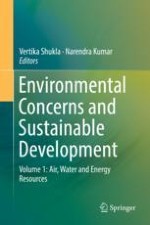2020 | OriginalPaper | Buchkapitel
13. Inter-basin Water Transfer and Policies of Water Resource Management
verfasst von : Narendra Kumar, Anjali Verma
Erschienen in: Environmental Concerns and Sustainable Development
Verlag: Springer Singapore
Aktivieren Sie unsere intelligente Suche, um passende Fachinhalte oder Patente zu finden.
Wählen Sie Textabschnitte aus um mit Künstlicher Intelligenz passenden Patente zu finden. powered by
Markieren Sie Textabschnitte, um KI-gestützt weitere passende Inhalte zu finden. powered by
